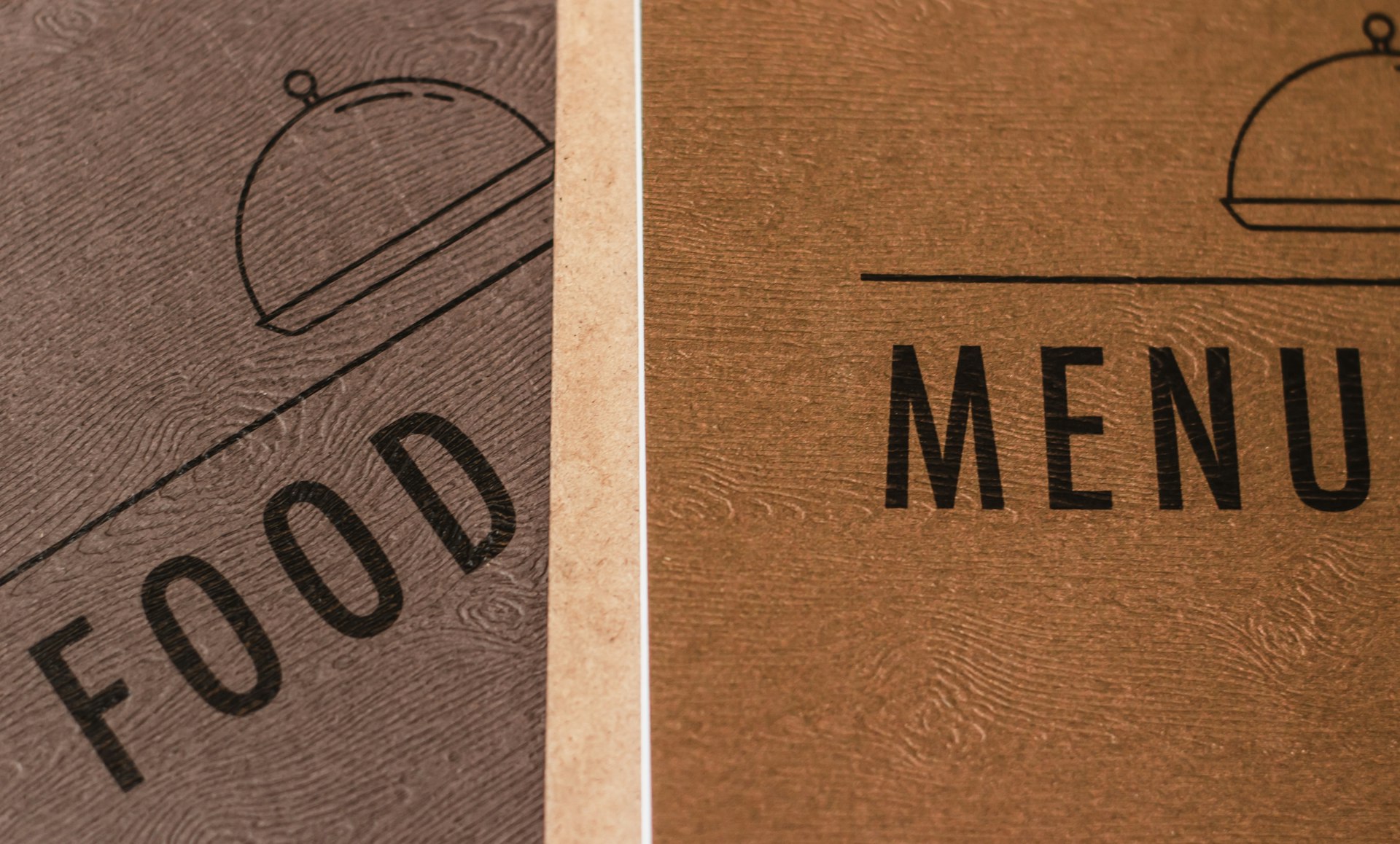Elegant Dessert Concepts with Edible Flower Garnishes: Inspiration, Techniques, and Best Practices

Photo by The Matter of Food on Unsplash
Introduction: The Allure of Edible Flowers in Dessert Presentation
Edible flowers have enchanted chefs and home bakers alike for centuries, not only for their visual appeal but also for the unique flavors and aromas they impart to dishes. Incorporating edible flower garnishes into desserts elevates the sensory experience, transforming the ordinary into the extraordinary. This guide explores actionable concepts, best practices, and expert-approved techniques for using edible flower garnishes in desserts, providing step-by-step instructions, real-world examples, and guidance for safe and effective implementation.
Understanding Edible Flowers: Safe Selection and Sourcing
Before using any flowers in your culinary creations, it is critical to ensure they are both edible and organically grown . Not all flowers are safe for consumption, and those treated with pesticides or chemicals may pose health risks. Common edible flower varieties include lavender, rose, violet, calendula, chamomile, borage, pansy, nasturtium, and hibiscus [4] . You can often find culinary-grade edible flowers at specialty grocery stores, farmers’ markets, or via reputable online retailers. If you wish to grow your own, seek out organic seeds and avoid chemical treatments.
To ensure safety, always consult an authoritative edible flower guide or ask a knowledgeable horticulturist before use. Remove stamens, pistils, and any bitter white bases from petals where recommended, as these can sometimes impart unwanted flavors or mild toxicity [2] .
Flavor Pairings: Matching Edible Flowers with Dessert Components
Edible flowers are not just beautiful-they also offer a spectrum of flavors, from sweet and floral to spicy and herbaceous. Matching the right flower with the right dessert is key to a harmonious outcome:
- Rose petals have a delicate, sweet flavor and pair well with panna cotta, fruit tarts, and shortbread cookies. Lighter colored petals tend to be sweeter, while darker ones can be more bitter [2] .
- Lavender is subtly sweet and pairs with lemon, honey, or vanilla in cakes, muffins, and custards [5] .
- Violet brings a sweet, aromatic note, perfect for puddings, syrups, and cake decorations [2] .
- Calendula adds a peppery touch, suitable for scones and cream-based desserts [4] .
- Borage has a cucumber-like flavor, ideal for fruit salads and chilled desserts.
Consider both color and taste when selecting your garnish. The best results are achieved by balancing the flower’s flavor intensity with the dessert’s sweetness and texture.
Edible Flower Garnish Concepts: Techniques and Step-By-Step Applications
1. Fresh Flower Toppings
Fresh whole flowers or petals can be used to top cakes, tarts, and mousse. To apply:
- Gently rinse flowers in cool water and pat dry with paper towels.
- If needed, trim stems and remove any inedible parts.
- Arrange flowers just before serving to maintain freshness and prevent wilting.
- For a refined look, use tweezers to place petals with precision.
Example:
A classic
rose-flavored panna cotta
garnished with rose petals, mint leaves, and edible herbs offers both a visual and aromatic highlight
[1]
.
2. Crystallized or Candied Flowers
Crystallizing edible flowers adds texture and visual sparkle, making them ideal for cakes, cupcakes, and cookies. To create:
- Brush cleaned petals lightly with beaten egg white (use pasteurized eggs for safety).
- Sprinkle evenly with superfine sugar.
- Allow to dry on parchment paper for several hours until crisp.
- Store in an airtight container until use.
Crystallized violets and rose petals are traditional choices for classic French pastries and can be found in specialty baking shops.
3. Infused Creams and Syrups
Flowers can be steeped in cream, milk, or simple syrup, imparting subtle flavor to custards, ice creams, and beverages. Basic process:

Photo by Zhang liven on Unsplash
- Warm cream or syrup with edible flower petals (such as lavender or chamomile).
- Allow to steep for 15-30 minutes off heat, then strain.
- Use infused liquid in your dessert recipe as directed.
Example:
Lavender-infused custards
or chamomile panna cotta offer gentle floral notes that elevate the dessert experience
[5]
.
4. Pressed Flower Cookies and Cakes
Edible flower petals can be pressed into cookie dough or cake batter for a stained-glass effect. To execute:
- Roll dough and cut into desired shapes.
- Gently press clean edible petals onto the surface.
- Bake as directed, watching closely to prevent over-browning of petals.
Petal-adorned cookies and cakes offer a stunning natural presentation, perfect for spring celebrations or afternoon tea [3] .
Real-World Dessert Concepts Featuring Edible Flower Garnishes
Here are several creative dessert concepts using edible flowers, along with direct guidance for implementation and adaptation:
- Rose-Flavored Panna Cotta: A creamy Italian dessert infused with rose extract, topped with organic rose petals and mint. For guidance, follow the detailed recipe and preparation method as outlined by Boulder Locavore [1] .
- Lavender Lemon Muffins: Incorporate dried lavender buds into muffin batter and top with a glaze, then sprinkle with fresh lavender flowers before serving [5] .
- Edible Flower Cookies: Decorate sugar cookies with pressed pansies, violas, or borage flowers, gently baked to preserve color and texture [3] .
- Violet Panna Cotta: Use violet syrup or essence in a panna cotta base, garnished with candied violets for a classic French touch [2] .
Step-By-Step Guidance: How to Incorporate Edible Flowers in Your Own Desserts
To begin using edible flowers in your desserts, follow these comprehensive steps:
- Research flower edibility and source organically. Use a reputable guide or consult a horticulturist. Choose flowers free of pesticides and chemicals.
- Prepare flowers properly. Wash gently, pat dry, and remove non-edible parts. If in doubt, use just the petals.
- Match flavors thoughtfully. Consider the dessert’s flavor profile and select complementary floral notes.
- Decide on application method. Fresh, crystallized, infused, or pressed-choose what best suits your dessert type and desired visual impact.
- Apply at the right moment. Add flowers just before serving to maintain vibrancy and freshness, especially for delicate varieties.
- Educate guests. Inform diners that the flowers are edible and offer guidance on their flavors and origins.
Potential Challenges and Solutions
While edible flower garnishes offer many benefits, several challenges may arise:
- Wilting or discoloration: To prevent, store flowers in a cool place and apply as late as possible before serving.
- Flavor imbalance: Some flowers are potent; use sparingly and taste-test before final application.
- Allergies: Always disclose flower types to guests and avoid flowers known for allergenic properties.
- Limited availability: If fresh flowers are not available locally, consider dried or crystallized forms, or grow your own for consistent supply.
Alternative Approaches and Inspirations
If sourcing edible flowers is challenging, try the following alternatives:
- Herb flowers: Blossoms from herbs like basil, thyme, or chive offer accessible, edible options with subtle flavors [4] .
- Sugared petals: Use dried, food-safe petals when fresh are not available; these can be found in specialty baking aisles.
- Infused sugars or syrups: Add floral notes by making rose or lavender sugar to sprinkle over desserts or stir into whipped cream.
Explore cookbooks dedicated to edible flowers for further inspiration, or connect with local edible flower growers for seasonal varieties.
Summary and Key Takeaways
Edible flower garnishes bring artistry, flavor, and freshness to desserts when chosen and applied with care. By understanding flower safety, flavor pairings, and practical application methods, you can confidently incorporate edible blooms into your dessert repertoire. Whether you’re a professional pastry chef or a creative home baker, the world of edible flowers offers endless possibilities for elevating your desserts-and delighting your guests.
References
- [1] Boulder Locavore (2017). Rose-flavored panna cotta with edible flowers.
- [2] PreGel America (2024). Top 10 flowers & herbs used in desserts.
- [3] Edible Communities (2023). 10 edible flower recipes to bring a super bloom to your table.
- [4] 101 Cookbooks (2025). Edible flowers: Uses, recipes, and inspiration.
- [5] Planted Detroit (2024). 15 creative ways to use edible flowers in food and drinks.



